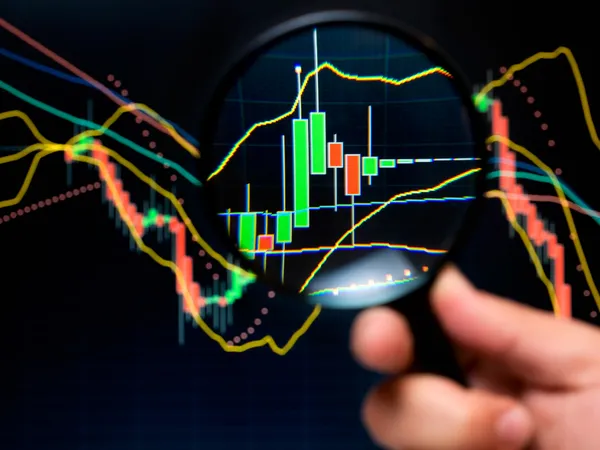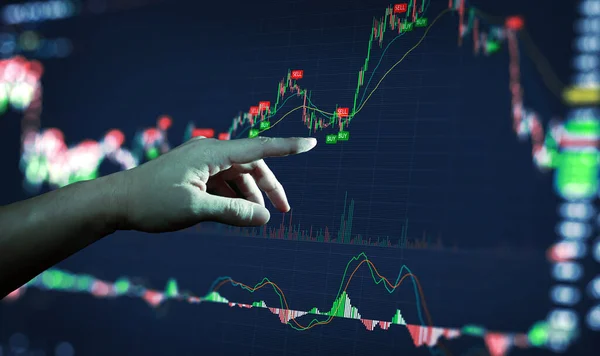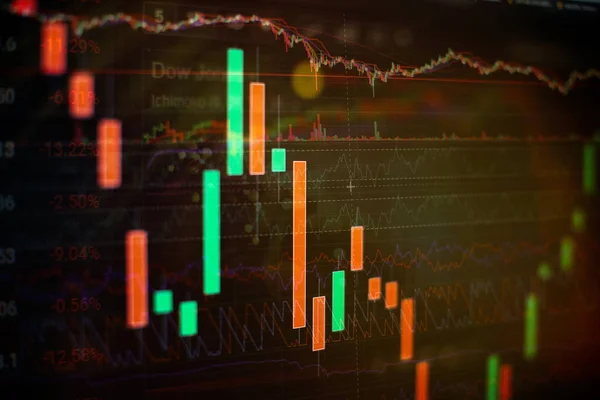
Developing a Forex Trading Plan in the Iranian Market
by Ehsan
Understanding the Iranian Forex Market Landscape
Navigating the Forex market in Iran requires an in-depth understanding of its unique characteristics and challenges. Traders must acquaint themselves with:
- The regulatory environment and its impact on trading activities.
- The influence of geopolitical events on the Iranian Rial and its trading volumes.
- The economic indicators that significantly affect the market's movement.
- The role of international sanctions and their implications on currency trading.
This foundational knowledge is crucial for crafting a trading plan that can withstand the market's volatility and regulatory complexities.

Key Components of a Forex Trading Plan
A comprehensive Forex trading plan is essential for success in the Iranian market. It should include:
- Risk Management Strategies: Define your risk tolerance and set stop-loss orders to protect your capital.
- Trading Goals: Establish clear, achievable goals. Whether it's a specific profit target or a learning objective, knowing what you aim to achieve can guide your trading decisions.
- Analysis Techniques: Decide on the mix of technical, fundamental, and sentiment analysis techniques you will use to make trading decisions.
- Review and Adjustment Procedures: Regularly review your trading plan to assess its effectiveness and make necessary adjustments.
Incorporating these elements into your trading plan can help you navigate the complexities of the Forex market in Iran with greater confidence and control.

Strategies for Effective Forex Trading in Iran
Developing effective strategies within your trading plan is vital for capitalizing on opportunities in the Iranian Forex market. Consider implementing:
- Adaptability to Market Changes: Stay informed about global and local events that could impact currency values and be prepared to adjust your strategies accordingly.
- Leveraging Economic Indicators: Pay close attention to Iran's economic indicators, such as oil prices, inflation rates, and trade balances, as they can provide valuable insights for trading decisions.
- Emphasis on Education: Continuously educate yourself about Forex trading practices, market analysis techniques, and the specifics of the Iranian market to enhance your trading skills.
By integrating these strategies, traders can better position themselves to make informed decisions and capitalize on market movements.

Tools and Resources for Traders
Access to the right tools and resources can significantly enhance the effectiveness of your Forex trading plan. Key resources include:
- Trading Platforms: Choose a platform that offers robust analysis tools, real-time data, and is compliant with Iranian regulatory standards.
- Economic Calendars: Use economic calendars to track important events and indicators that could affect the Forex market.
- Educational Material: Engage with books, courses, and webinars focused on Forex trading and the specifics of the Iranian market.
Leveraging these tools and resources can provide traders with a competitive edge, enabling more informed and strategic trading decisions.
Comparison Table: Traditional vs Strategic Forex Trading in Iran
| Aspect | Traditional Trading Approach | Strategic Trading Approach |
|---|---|---|
| Risk Management | Often overlooked or simplified | Core component, with detailed strategies |
| Market Analysis | Primarily based on speculation | Utilizes a mix of technical, fundamental, and sentiment analysis |
| Regulatory Compliance | May not fully adhere to local regulations | Prioritizes compliance to navigate market safely |
| Adaptability | Limited, with fixed strategies | High, with plans evolving based on market and geopolitical changes |
In conclusion, developing a Forex trading plan tailored for the Iranian market requires a strategic approach that incorporates a deep understanding of the market's unique characteristics, a clear structure of goals and risk management strategies, and the use of appropriate tools and resources. By following these guidelines, traders can navigate the complexities of the Forex market in Iran, capitalizing on its opportunities while mitigating risks.